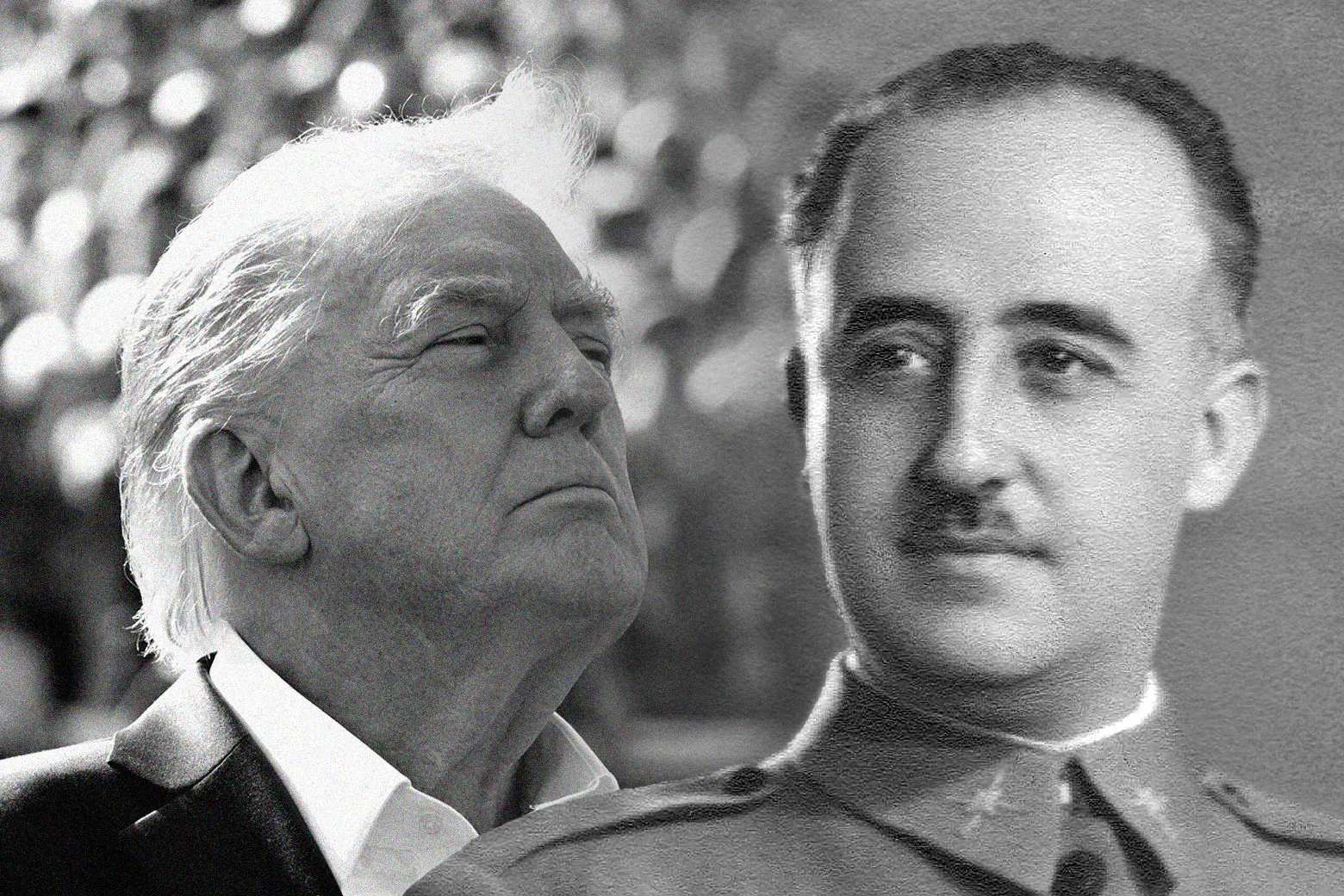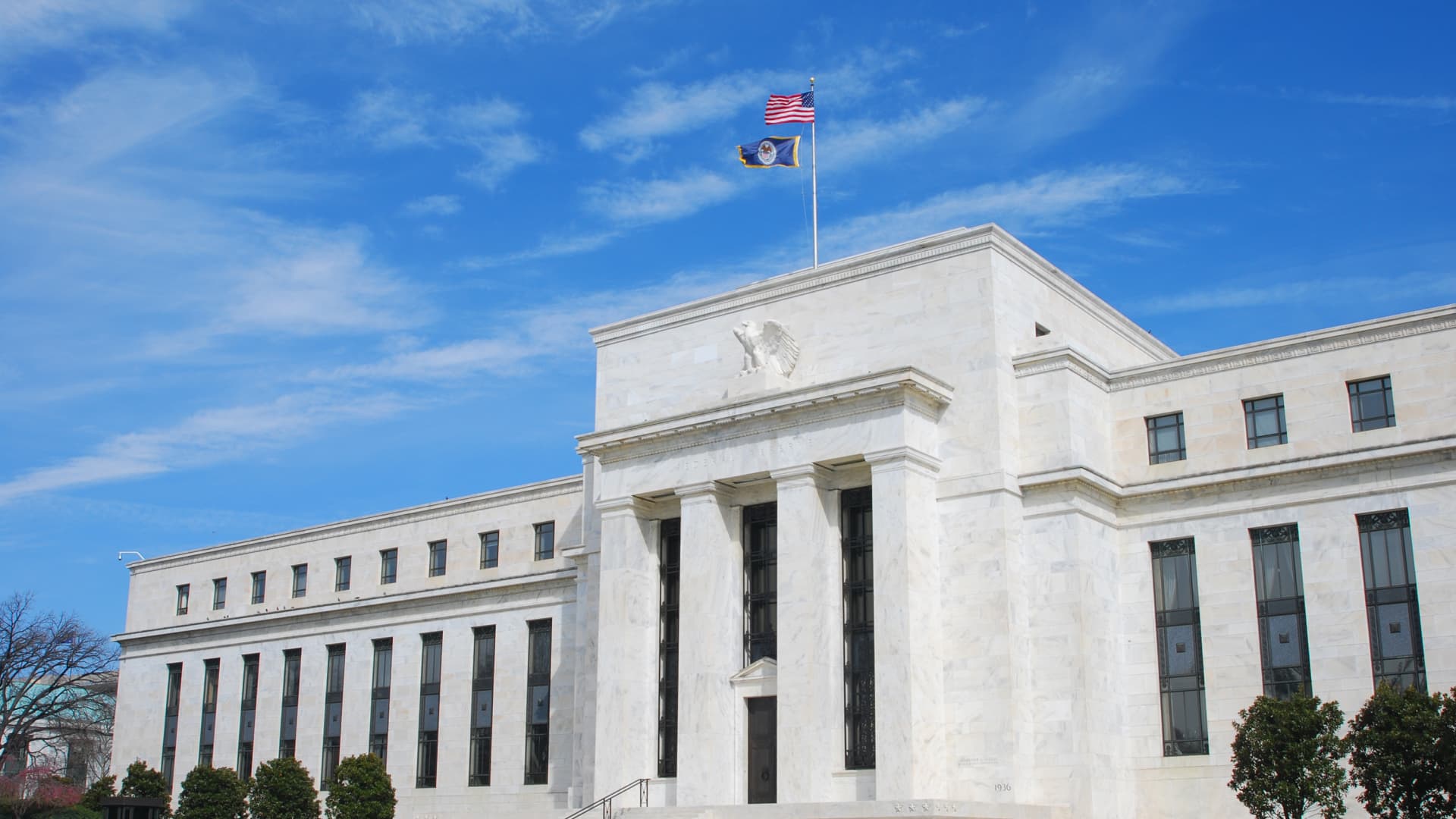
Sign up for the Slatest to get the most insightful analysis, criticism, and advice out there, delivered to your inbox daily.
In a deeply divided democracy, an aspiring authoritarian seizes new powers, often by declaring “emergencies” when none exist. This is only possible after he cobbles together a strong alliance of far-right forces in the military, conservative religious nationalists, a few massively wealthy oligarchs, and some centrists spooked by the specter of “socialism.” Freedoms are curtailed, institutions are undermined, and critics become “enemies of the people.” Before long, troops are in city streets—and not too long after that, democracy is gone, and an authoritarian reigns in its place.
This openly occurred in Spain in the 1930s with the rise of Gen. Francisco Franco. It’s also, for obvious reasons, a relevant historical lesson that parallels the U.S. today. While Donald Trump’s authoritarian ambitions frequently win him comparisons to Adolf Hitler, that is too far a stretch. Given Hitler’s well-deserved status as the shorthand for absolute evil, even the mention of Hitler can derail any conversation, with Trump’s camp rightly complaining of hyperbole or hysteria. However, a much better comparison is with Franco, whose contemporaneous rise to power is eerily similar to what America faces today—with a warning about what could come next.
In the early 1930s, Spain was fractured. The reformist government (the Republicans) supported workers’ rights, pressured wealthy landowners to divide their land more fairly among the people, and aimed to loosen the grip of the Catholic Church by enforcing the separation of church and state. Franco and his nationalist allies decried these reforms as a socialist threat and promised to restore the traditional power structure of the country. Campaigning on a message that Spanish society was headed for a moral collapse, Franco and his allies needed a crisis to unite the right and start a coup, even if they had to manufacture one themselves.
They got their chance after the murder of José Calvo-Sotelo, a popular conservative politician who was abducted and murdered by members of a left-wing militia. The murder was part of a lethal tit-for-tat: Hours earlier, José Castillo—a lieutenant in Spain’s militarized police force and socialist sympathizer who had helped violently quell riots at the funeral of a right-wing activist—had been assassinated by right-wing extremists.
But for Spain’s far right, it was all the pretext they needed: The Spanish Republic had lost control of law and order, and Franco and his allies launched a coup against the government, setting off the Spanish Civil War.
Trump has not (at least not yet) launched a civil war, but you’ll notice the familiar pattern: Trump has repeatedly declared “emergencies” and used them as a pretext for seizing additional powers. His immigration “emergency” required the end of due process in favor of rapid deportations; his trade imbalance “emergency” was justification for end-running Congress on tariffs. And, most recently and alarmingly, his public safety “emergencies”—set to the backdrop of falling violent crime rates in cities around the country—are a pretext for deploying the National Guard as a civilian police force.
The parallels don’t end there: The building blocks of Trump’s coalition mirror Franco’s allied forces.
Franco needed both financial backing from the powerful elites and spiritual backing from the Catholic Church, who could sway the faithful to his side.
One key backer was Juan March, once named “the richest man in Spain,” a notorious banker and shipping magnate from Mallorca who financed many of Franco’s military operations while securing foreign aid from Germany and Italy. During World War II, March was so powerful and influential that the Allies paid him a substantial sum to keep Spain from joining the Axis powers. Another important Franco supporter (among many) was José María de Ybarra, an industrialist from the Basque Country who supplied steel and transport infrastructure, and helped forge a political alliance among his wealthy friends and other industrial rivals.
Following his victory, Franco rewarded these conservative supporters by opposing land reform, protecting private property, crushing labor unions, and granting lucrative state contracts during Spain’s postwar reconstruction.
Franco’s reign was also tightly tied to the Catholic Church. Framing his rebellion as a holy crusade against godless socialists, Franco strengthened the church’s role in Spanish life by funding church reconstruction, reinstating religious education in schools, and giving the clergy authority to censor anything they deemed anti-Catholic.
The Catholic hierarchy relished their restored privileges and did little to oppose Franco’s secret and not-so-secret oppression and incarceration of his enemies. To some of the faithful, Franco was the lesser of two evils (authoritarianism vs. socialism). To others, his dictatorship was ethically righteous; God’s imperfect vessel to preserve the power of the church.
You don’t have to look too hard to see the similarities in the MAGA movement, particularly with billionaire oligarchs like Elon Musk and Peter Thiel lending their considerable financial support. Much as Franco rewarded his rich allies, Trump has done the same: aggressively pursuing a deregulatory agenda while ramming through massive tax cuts that disproportionately benefit the wealthy.
And the U.S. president certainly has a Franco-esque arrangement established with the American religious right. Trump has long been a self-avowed womanizer with, shall we say, flexible views on abortion. However, he holds evangelical support as an imperfect vessel for their own socially conservative agenda. As we now know, his first-term Supreme Court picks were the backbone of the judicial coalition that overturned Roe v. Wade, while his second-term executive actions have advanced the evangelical agenda even further.
But building a mass coalition also requires control of the mass messaging—alongside the nullification of critics who dare to intrude on official narratives with inconvenient truths.
Franco slowly brought all media under state control, shutting down or censoring any outlet that didn’t extol the virtues of his regime. Anything anti-government was labeled anti-patriotic. Journalists also had to register with the regime and were closely monitored. Many left-leaning reporters who criticized the government were later arrested, executed, or “disappeared.” Franco even commissioned newsreels that would be played in every cinema in the country. Called “NO-DO,” or Noticiarios y Documentales, these were propaganda short films framing Franco as a heroic military leader and as a compassionate guardian for his people.
In our current era of fragmented media, Trump has not needed to bring the U.S. media apparatus under his thumb. But he has been very successful in convincing a large portion of his supporters that his critics are “fake news,” while also commandeering the existing conservative media apparatus into the regime’s unofficial mouthpiece—parroting his rhetoric no matter how far it strays from any semblance of objective reality.
Unmaking a Democracy, One Increment at a Time
Franco didn’t change his country overnight. The dismantling of Spain’s democracy was done slowly and through stages. Weaponizing the government and ruling by fear takes time.
Did his allies envision Franco becoming a dictator for the rest of his life? Probably not. He was a means to an end, a powerful leader who could return Spain to its traditional roots. Only later did the ruling class realize the possible error of their loyalty. But it was too late.
Moderates were sidelined. Critics were silenced. And it was all done in the name of the state’s stability. And many people fanatically believed it. Eventually, the only remaining option was to step in line or lose all relevance.
Trump follows many of Franco’s authoritarian tactics. Paint any swing to the liberal side of the aisle as a moral threat. Claim every institution is corrupt and every loss is rigged. Then erode the power of these institutions from within through loyalist appointments across the government and civil society. Also, depict any government resistance as unpatriotic and ungodly. And finally, cast themselves as the lone protector of their country.
And if this last point proves problematic, then manufacture crisis after crisis, distorting real-world conditions in your favor through misinformation, manipulation, and intimidation. The path of least resistance is to portray every real and potential enemy as a devastating option that would produce something far, far worse.
The consequences were dire. Franco ruled Spain with an authoritarian grip for nearly 40 years. His regime came to an end only when his hand-picked successor did something the general—and his loyal allies—could never have predicted: return Spain to a democracy. The autocrat planned to continue his regime by appointing Prince Juan Carlos, the grandson of the former king, as his successor. During the handover, Juan Carlos promised stability and continuity. But then he surprised everyone by swiftly legalizing political parties, appointing the reformist Adolfo Suárez as prime minister, and overseeing the creation of a new democratic constitution.
Within three years, Spain became a parliamentary monarchy with free elections and democratic rights for all Spaniards. It was a blessing, but one that came only after an autocrat succeeded in shaping Spanish life for two generations. And had Juan Carlos taken the more predictable step of holding on to power, Spain’s story could have played out far differently.
In the U.S. today, Franco’s rise stands as a stark warning to Americans about how Trump’s dreams could become reality. It’s a warning about how democracies can wither from within through any number of brutal tactics employed by a repressive leader who rules without restraint.
But an authoritarian government is neither a natural state nor an inevitability. It’s the result of millions of choices, both by the powerful and by the everyday people. Autocracy thrives on apathy and complacency, but even in dark times, people can accomplish the unexpected by choosing to take risks and fight back. Passivity is the enemy. Collective courage is the cure.



